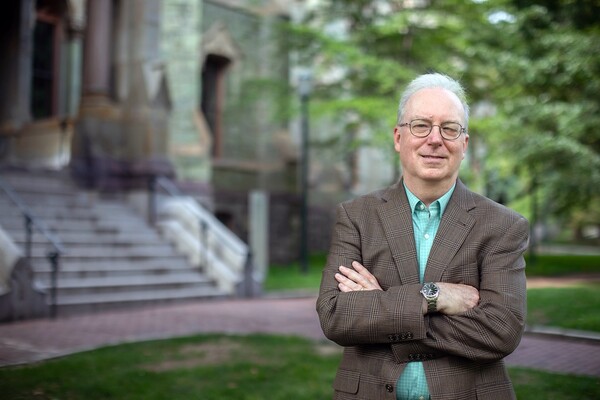
nocred
A notion widely shared among the Japanese is that a unique culture has existed uninterrupted on the archipelago since the first human settlements more than 30,000 years ago.
“An Archaeological History of Japan,” the inaugural volume in Penn Press’s new series “Archaeology, Culture, and Society,” challenges this notion by critically examining archaeological evidence and the ways in which it has been interpreted.
The idea of a continuous shared Japanese culture, often described as “Japanese-ness,” is epitomized by material items ranging from Zen Buddhist stone gardens and tea ceremony equipment to archaeological artifacts like the prehistoric Jomon clay figurines.
Koji Mizoguchi, professor of archaeology at Kyushu University, Japan, demonstrates that this process of self-identification transformed as societies and technology changed, indicating that there is no intrinsic connection binding present-day Japanese with people of the past.
An original, substantial contribution to interpretive archaeology—the first of its kind for Japan and East Asia—“An Archaeological History of Japan” addresses a broad range of issues concerning the self-identification of groups and the use of the past in contemporary society. It will be of interest not only to archaeologists specializing in the region but also to theoretical archaeologists, Japanese studies specialists, and those who are interested in identity, society and culture in the contemporary world in general.
—University of Pennsylvania Press

nocred

Image: fcafotodigital via Getty Images

Image: Mininyx Doodle via Getty Images

Charles Kane, Christopher H. Browne Distinguished Professor of Physics at Penn’s School of Arts & Sciences.
(Image: Brooke Sietinsons)